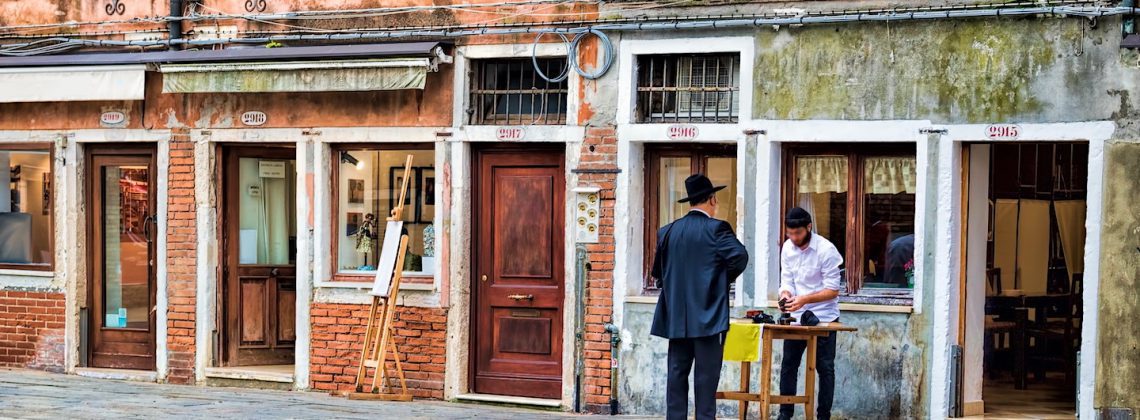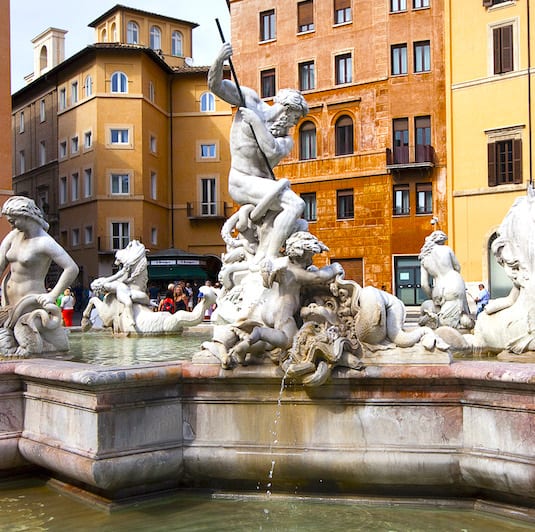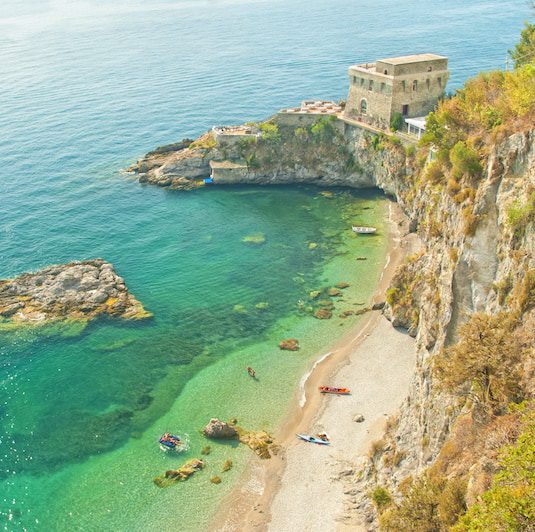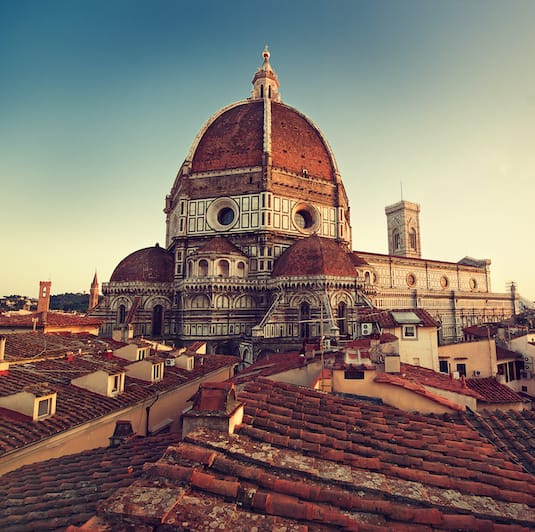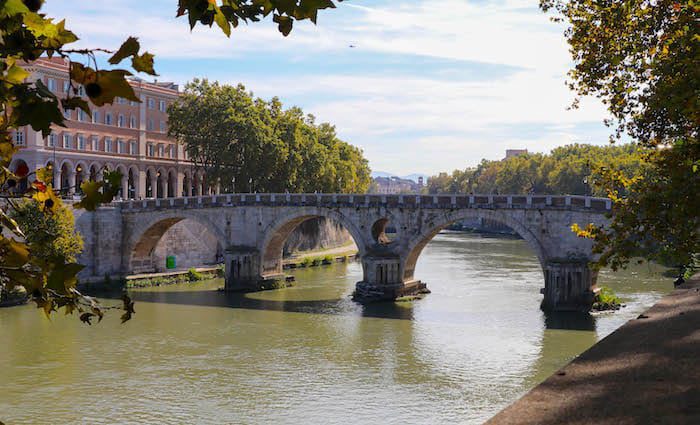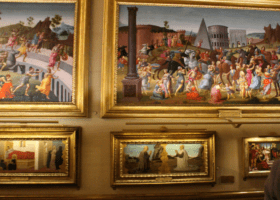In the 16th century, the Jewish population of Venice was forced to live in the world’s first ghetto. In the face of severe discrimination, they built their synagogues in secret. Today, these places of worship are some of the most beautiful and best-kept secrets of Venice. Find out about the secret synagogues of the Jewish Ghetto in Venice.
Pro Tip: It’s easier to organize your trip when you have all your resources in one place. Create a browser folder and bookmark this post along with our dedicated guide to planning your visit to Venice—it has everything you need. Also, check out our article on the best Venice tours and great places to eat.
The Jewish Ghetto in Venice
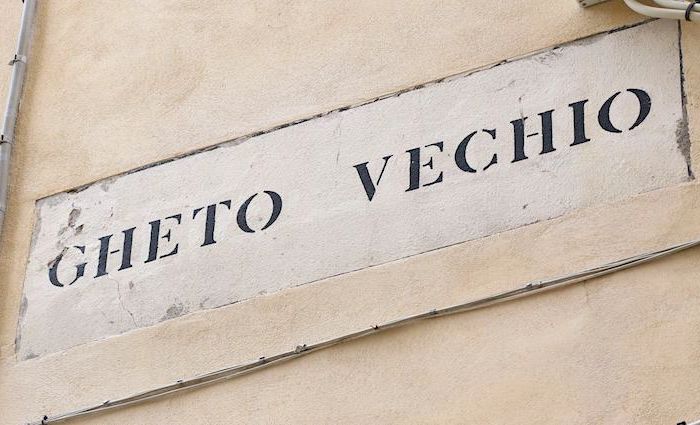
Hidden behind nondescript facades and unmarked doors lie the richly decorated and beautifully designed synagogues of Venice’s Jewish Ghetto. Found in the northern sestiere of Cannaregio, these places of worship represent the mix of ethnic and cultural identities of Venetian Jews.
New rules restricted their religious expression to a specific section of Venice, forcing the founders of these synagogues to be creative. As such, these beautiful buildings have become hidden gems, accessible only to those in the know. After this article, you can count yourself among them.
Word Origin
When we hear the word “ghetto”, the majority of us picture a very squalid place. Usually, run-down places aren’t at the top of our list of places to visit. And this was true of the Jewish Ghetto in Rome for over 300 years. Yes, three centuries! What does the word “ghetto” mean to you? The word could derive from two possible meanings:
- Borghetto – meaning small borough.
- Getto – meaning foundry or factory.
Although spelled differently today, the second is most likely the origin. The Venetians created the first Jewish ghetto in 1516 on the site of a foundry in Venice. For more than 300 years, the conditions of both the Rome Jewish Ghetto and the Venice Ghetto were horrendous.
The living conditions were appalling and inhumane by today’s standards. Now, however, it’s a very different story. Real estate values in these areas have shot through the roof.
5 Secret Synagogues of the Venice Jewish Ghetto
Schola Grande Tedesca
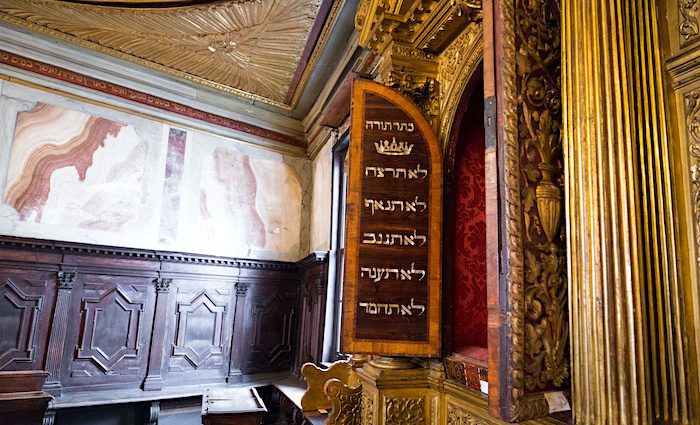
La Schola Grande Tedesca, or the Great German Synagogue, was built in 1528. It was the first synagogue in the ghetto, tucked in the attic area of what is now the Jewish Museum of Venice.
As you pass through the five stone arches that define the space, you will notice the beautiful marble walls surrounding the prayer room. However, the material on the walls is actually plaster or marmorino.
In a period of severe discrimination, marble was too precious for use in a synagogue. Yet, in another example of architectural ingenuity, these panels look nearly indistinguishable from real marble.
Address: Campo di Ghetto Nuovo, 2902/b
Popular Venice Tours
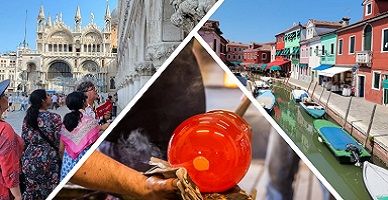
Best-Selling Tour
Ultimate Venice in a Day with Murano and Burano
The ultimate tour of Venice. You’ll get skip-the-line access to the most important buildings in Venice, plus a gondola ride, and private transportation to the islands of Murano and Burano. It’s a full day of touring that will make for the best memories in Venice ever.
See Prices
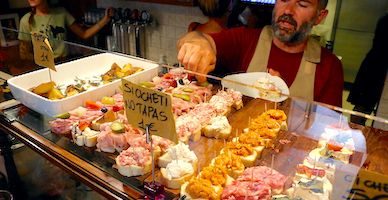
Authentic Experience
Venice Local Evening Food Tour in Cannaregio
People who say Venice is too touristy have not done enough research. Cannaregio is an amazing break from the crowds and our food tour is the most authentic way to experience it. Taste Cicchetti and other Venetian specialties with tons of wine! You’ll leave with a full stomach! Plenty of Food and wine included!
See Prices
Schola Canton
La Schola Canton is the second-oldest synagogue in Venice, established in 1531. The name refers to the location of the synagogue: the southern canton or corner of the Campo di Ghetto Nuovo.
French Ashkenazi Jews founded this synagogue. It is notable for the eight gilded panels lining the walls of the space. Each one illustrates an episode in the Jewish Exodus story, which is a rarity in religions generally averse to pictorial representation.
There is also a noted baroque influence in the architecture. This is clearly visible in the design of the ark. Intricately carved out of gold and with its broken pediment, it is characteristic of the period.
Address: C. de l’Orto, 1191
Schola Italiana
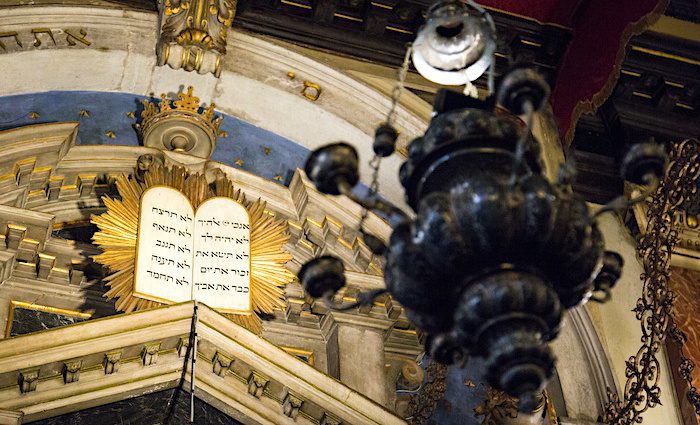
The Italian Synagogue, established in 1575, traditionally serviced the poorer Italian Jews. This may explain its simple style compared to other places of worship. Instead of the more prevalent Ashkenazic or Sephardic doctrines, the Italian Jews followed the Italkim liturgy, which is a specifically Italian-Jewish rite.
La Schola Italiana has a much smaller prayer space than the other synagogues and lacks the gilded baroque style of its contemporaries. Instead, a modest entryway marked by four white pillars leads you to an austere prayer room, naturally lit by the five tall windows facing out to the campo outside.
They decorated much of the room, including the ark, in dark wood and stone. What jumps out at you are the brass inscriptions in white wood on the walls. It’s a simple and striking contrast to the golden calligraphy of the other synagogues on this list.
Address: Cl. Ghetto Vecchio, 2883
Schola Levantina
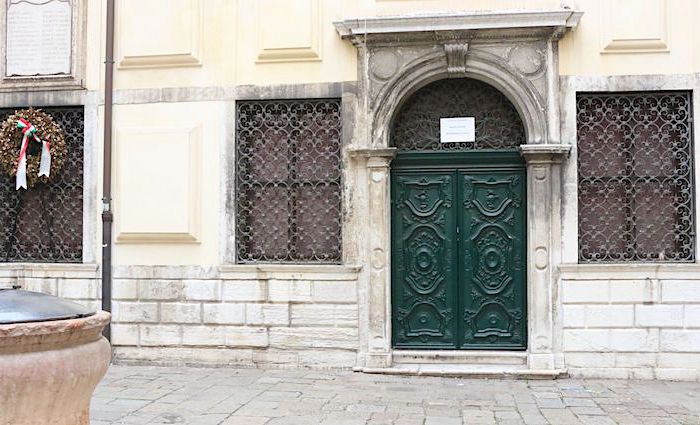
This is one of the few Venetian synagogues to be built on the ground floor and is also one of the best preserved. In 1541, this synagogue was founded by wealthy Marranos. The Marranos were Jews that had nominally converted to Christianity to avoid persecution during the 15th-century Spanish Inquisition and moved to Italy to practice their religion openly.
Restored by Italian architect Baldassare Longhena in the 17th century, this synagogue shows clear baroque influences. There are deep red curtains surrounding the space and a large chandelier at its center. Designed by master woodcarver Andrea Brustolon in the 18th century, a pair of dark wood staircases lead up to the pulpit.
Address: Cl. Ghetto Vecchio, 1154
Popular Venice Tours
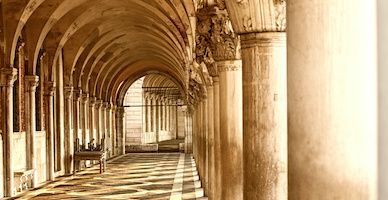
Best Selling Tour
Doge’s Palace “Prisons & Tyranny” Tour in Venice
Hear how the Dukes of Venice ruled the “republic” using fear tactics, imprisonment, and torture. Now, the palace stands as a reminder of how the law was carried out in Venice. Skip the line with a passionate English speaking guide and go behind the scenes to see the best parts of this incredible Gothic palace. Admissions included.
See Prices

Most Popular Tour
Venice Highlights Tour with Gondola Ride
People who say Venice is too touristy have not done enough research. Cannaregio is an amazing break from the crowds and our food tour is the most authentic way to experience it. Taste Cicchetti and other Venetian specialties with tons of wine! You’ll leave with a full stomach!
See Prices
Schola Spagnola
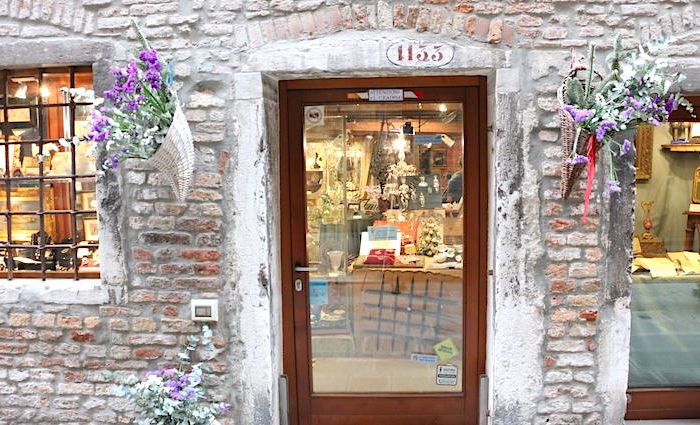
Along with the Levantine Synagogue, La Schola Spagnola is one of the few Venetian synagogues still operating today. This is the largest of the Venetian synagogues, but it is also one of the most well-hidden. It is located up three flights of stairs in an unassuming building on the Campiello delle Scuolo in central Cannaregio.
With enough room to fit three large chandeliers and four rows of benches, the worship space is notable for its beautifully tiled floors and blue painted and ivory dome overlooking the pulpit. High above the space, the Women’s Gallery gives an extraordinary view of a tucked-away temple.
Address: Cl. Ghetto Vecchio, 1147
How To Visit the Secret Synagogues
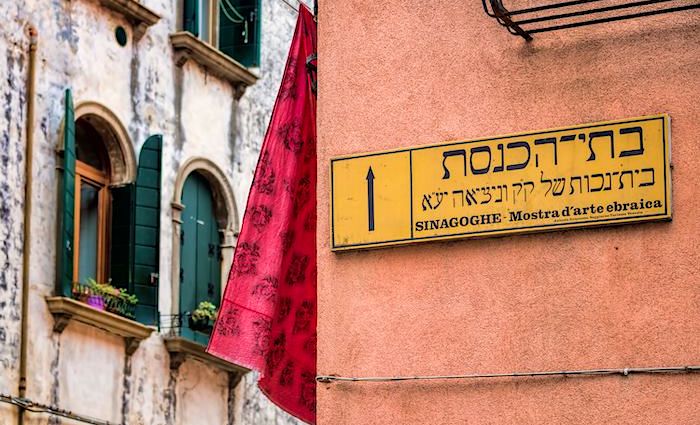
If you’d like to tour all five of these synagogues, your only option is to go through the Jewish Museum in Venice. When visiting, you will likely be asked to leave your bags and any electronic devices outside the spaces of worship. Also, keep in mind that Jewish holidays may impact the scheduling of tours, particularly at the Spanish and Levantine synagogues where services are still held.
If exploring the hidden gems of Venice piques your interest, check out our Hidden Venice Tour. This exclusive tour takes you through hidden canals and secret gardens to the heart of Cannaregio and the Jewish Ghetto.
Here’s Where To Stay in Italy’s Most Popular Destinations
Rome, Florence, Venice, Amalfi Coast, and Capri

